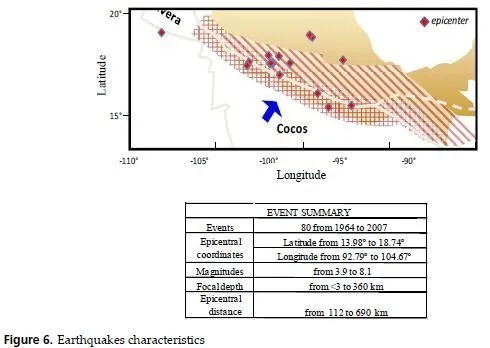The author is well aware that standards for geotechnical seismic design are under development worldwide. While there is no need to reinvent the wheel there is a requirement to adapt such initiatives to fit the emerging safety philosophy and demands.
This investigation also strongly endorses the view that guidelines are far more desirable than codes or standards disseminated all over seismic regions. Flexibility in approach is a key ingredient of geotechnical engineering and the cognitive technology in this area is rapidly advancing. The science and practice of geotechnical earthquake engineering is far from mature and need to be expanded and revised periodically in coming years. It is important that readers and users of the computational models presented here familiarize themselves with the latest advances and amend the recommendations herein appropriately.
This document is not intended to be a detailed treatise of latest research in geotechnical earthquake engineering, but to provide sound guidelines to support rational cognitive approaches. While every effort has been made to make the material useful in a wider range of applications, applicability of the material is a matter for the user to judge. The main aim of this guidance document is to promote consistency of cognitive approach to everyday situations and, thus, improve geotechnical-earthquake aspects of the performance of the built safe-environment.



